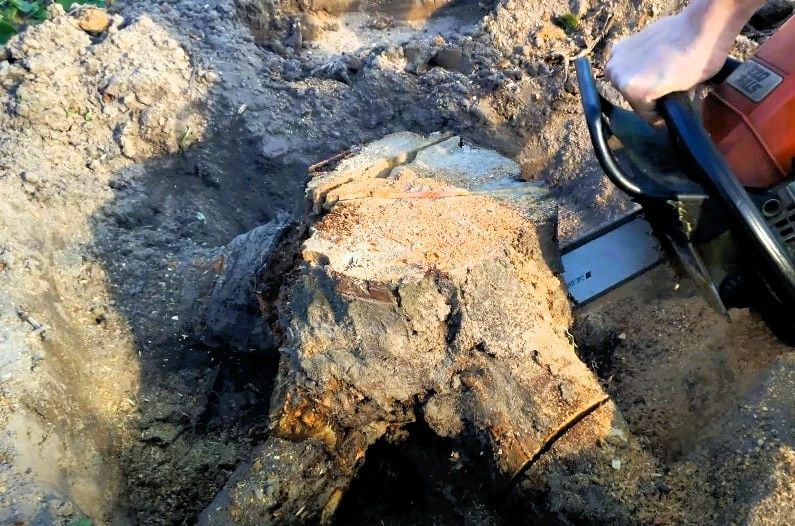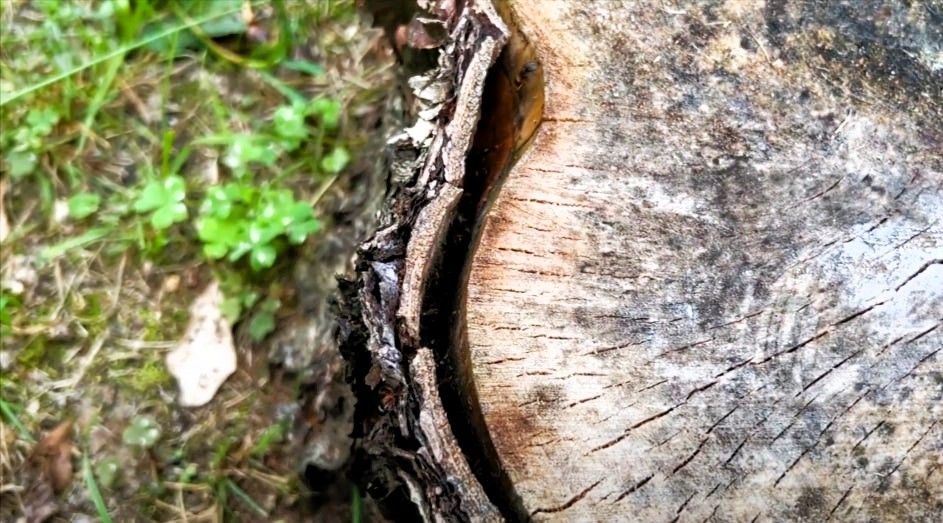Seasonal Tree Care Tips to Prevent Emergency Services
Prevent costly emergencies with seasonal maintenance

Trees enhance your garden, adding color, texture, and value to your property. But without proper care, they can pose risks and lead to costly emergency services. Whether you're an expert gardener or a homeowner looking to keep your trees healthy, understanding and practicing seasonal tree care is essential. It ensures your trees maintain their beauty, prevent problems, and grow well in every season. Say goodbye to unexpected crises and hello to beautiful, healthy trees!
1. Spring: The Season for a New Beginning
Spring is a season of rebirth, not only for your blooms but also for your trees. Take these steps to ensure they start the season off right:
- Inspect Winter Damage: Check your trees for fallen branches, bark damage, or ice and snow splits. Spotting and resolving these problems early helps avoid additional damage and supports healthy recovery and growth.
- Prune for New Growth: Remove dead or damaged branches, encouraging healthier new growth. Wait until flowering trees are fully open before pruning to preserve those beautiful blooms.
- Boost Growth Naturally: Nurture vibrant leaves and strong branches with a slow-release fertilizer designed to promote healthy development. Trees need extra nutrients after hibernation to thrive year-round.
- Monitor for Pests: Spring brings pests like aphids, borers, and mites. Use preventative measures like oil sprays to keep them at bay before they cause havoc on your trees.
2. Summer: Beat the Heat
Hot summers can be challenging for trees, but with proper care, they can thrive. Follow these tips:
- Deep Watering: Water your trees deeply and frequently, especially during intense heat. To ensure your plants get the most out of their watering, hydrate them either early in the morning or late in the evening. This timing reduces water loss from evaporation, allowing the roots to absorb all the moisture they need to thrive.
- Pest Patrol: Be on the lookout for summer grubs and pests like Japanese beetles and spider mites. Wilting leaves or sticky bits on the bark can indicate an infestation.
- Trim Small Branches: Clear away minor fallen limbs to minimize the risk of property damage during summer storms. Ensure your tree structure allows adequate air circulation to prevent fungal growth.
- Emergency Prep: Plan for emergency services in case a large branch or tree becomes a threat to life during high winds or heavy rainfall.
3. Fall: Prepare for Winter Survival
Fall is a crucial time for trees to prepare for the colder months. Take these steps:
- Final Fertilization: Apply a slow-release fertilizer to help trees conserve nutrients and withstand winter conditions.
- Remove Fallen Leaves: Raking up fallen leaves helps prevent pests and diseases from settling in. Instead of just tossing them out, consider eco-friendly options like composting, turning them into valuable organic matter for your garden.
- Heavy Pruning: Prune weak, dead, or rotted branches to keep your trees healthier and reduce the risk of damage during heavy snowfall.
- Protect Young Trees: Shield the trunks of young trees with tree guards or burlap to help them weather rapid temperature shifts and prevent frost damage during the colder months.
4. Winter: Rest and Protection
Even during their hibernation, trees need care to stay strong through winter. Follow these tips:
- Snow and Ice Management: Clear heavy snow from branches to prevent fracturing. Avoid cutting ice, as it can harm the bark underneath.
- Mulch for Warmth: Apply mulch around the base of your trees (without touching the trunk) to maintain soil temperatures and moisture levels.
- Guard Against Wildlife: Protect your trees from hungry wildlife that may chew the bark during winter. Use tree wraps or physical barriers to keep them safe.
5. Year-Round Tree Care Essentials
Tree care is not confined to specific seasons. Keep these basics in mind year-round:
- Regular Inspections: Regularly check your trees for disease, abnormal development, or underlying structural damage. Early detection is key for prevention.
- Expert Help: Reach out to certified arborists for tasks like pruning, pest management, and tree evaluations. With their expert knowledge and top-of-the-line tools, they can tackle tree care tasks with remarkable accuracy and speed.
- Adapt to Local Conditions: Learn the specific maintenance requirements for your region and tree species. Local arborists can provide tailored guidance based on your climate and soil conditions.
By following these seasonal tree care tips and essential year-round practices, you can keep your trees thriving and prevent costly emergencies. Trust Kanata Tree Service Masters for expert tree care you can rely on. Whether it’s expert pruning or prompt emergency services, we’re committed to keeping your landscape thriving year-round.
Contact us today for a consultation, and let's work together to keep your trees thriving
You might also like
Kanata Tree Blog
Book a Service Today
We will get back to you as soon as possible
Please try again later
Kanata Tree Service Masters
Ottawa, Ontario Canada
We are your trusted partner for every kind of tree-related issue you can imagine
© 2023 All Rights Reserved Kanata Tree Service Masters Disclaimer: This site is a free service to assist homeowners in connecting with local service contractors. All contractors are independent and this site does not warrant or guarantee any work performed. It is the responsibility of the homeowner to verify that the hired contractor furnishes the necessary license and insurance required for the work being performed. All persons depicted in a photo or video are actors or models and not contractors listed on this site.


